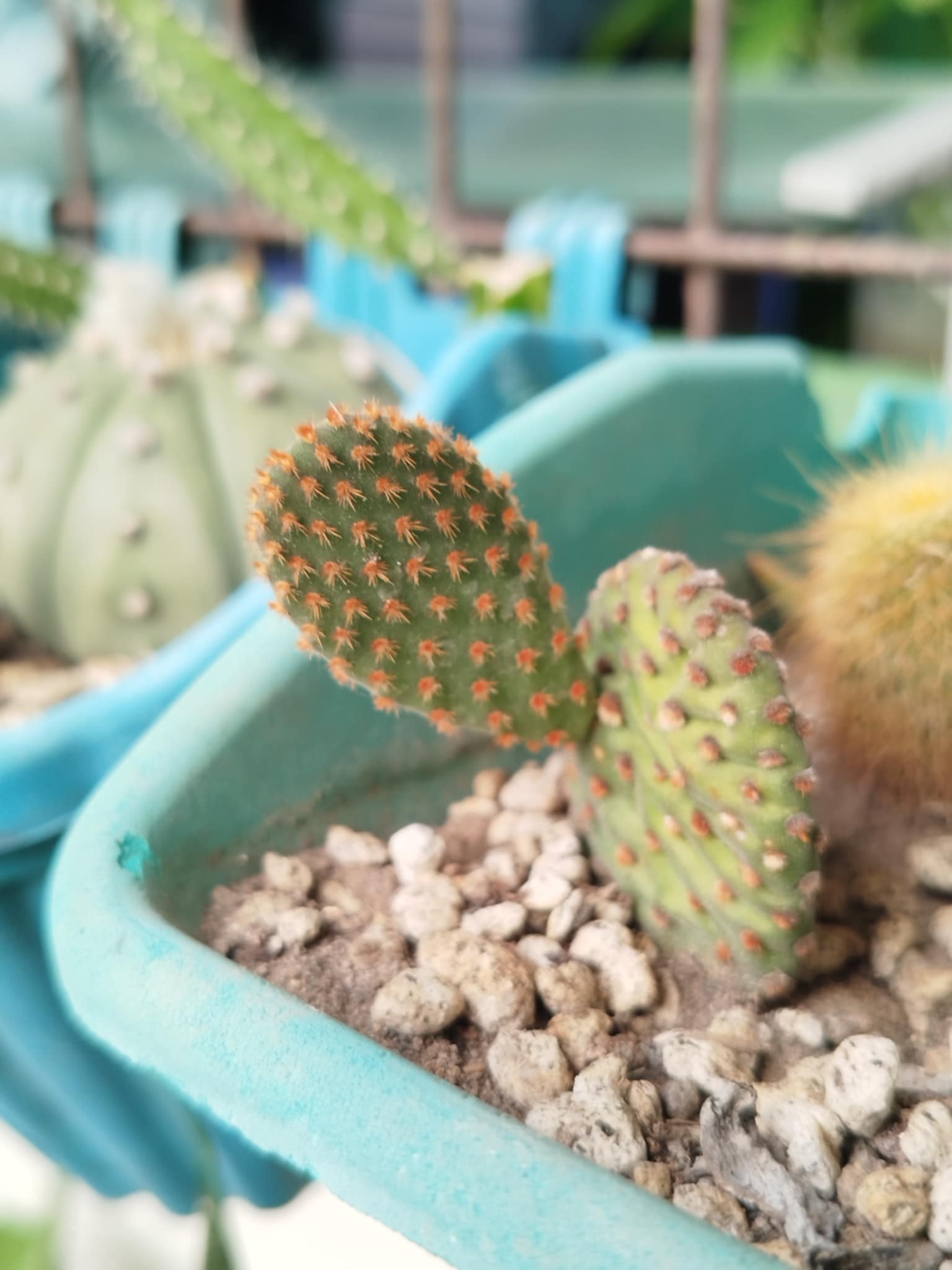Cactus Glochids
Cactus glochids are tiny, barbed bristles that grow in clusters on certain types of cacti. These small spines can easily detach from the plant and stick to your skin, causing irritation and discomfort that may last for days if not removed. Because of their hair-like size and barbed tips, glochids are much harder to get rid of than regular cactus spines.
If you’ve ever brushed against a prickly cactus and felt a lingering itch or sting, there’s a good chance glochids are to blame. Even though they aren’t poisonous, their sharp tips make them feel almost like tiny, irritating splinters.
Key Takeaways
- Cactus glochids are tiny, barbed spines that can cause skin irritation.
- Quick and careful removal helps reduce discomfort.
- Use protective gear to avoid glochid injuries when handling cacti.
What Are Cactus Glochids?
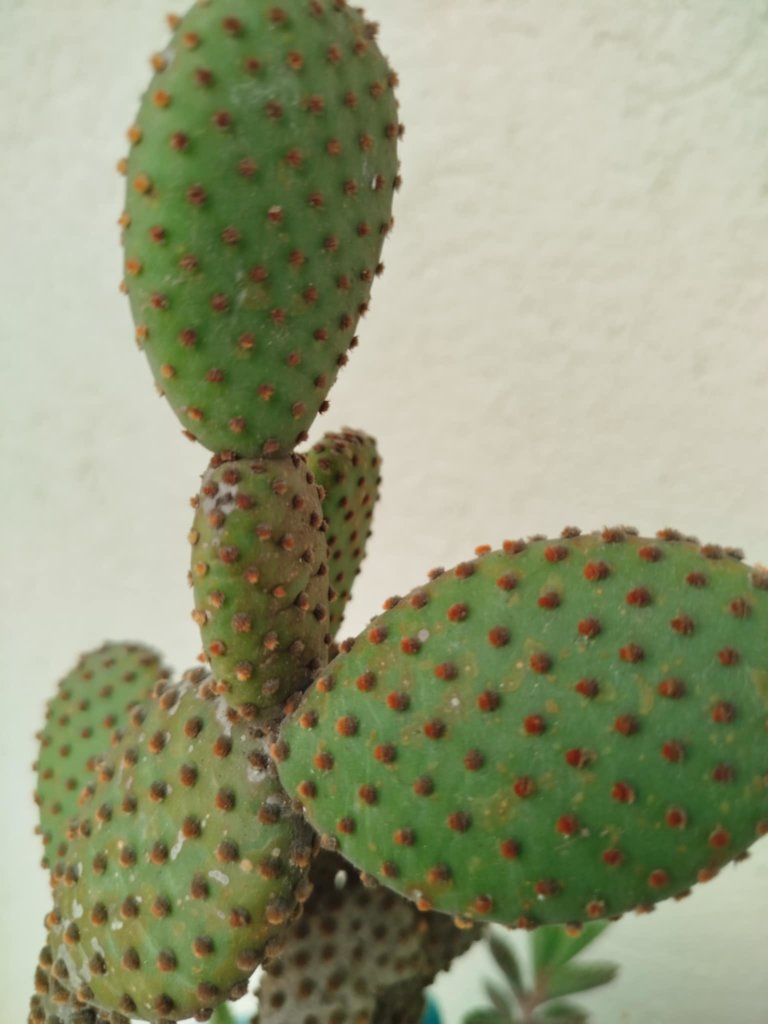
Cactus glochids are small, sharp bristles found on some cacti, most often in the Opuntioideae group. These tiny structures cause skin irritation and can be difficult to remove.
Difference Between Glochids and Spines
Spines are usually long, firm, and grow directly from the main body of the cactus. They act as a defense against animals and help shade the plant.
Glochids are much smaller, usually no more than a few millimeters long. They are fine, hair-like, and almost fuzzy in appearance. Unlike spines, glochids have barbs at their tips that make them stick in your skin and hard to remove.
While spines can cause a puncture wound, glochids often cause itching, burning, or rashes that can last for several days if not removed. Glochids break off easily and their barbed edges make them cling to clothing and skin.
You are more likely to encounter glochids when handling certain cacti, even if you do not touch the plant directly. These barbed hairs can detach and spread easily by wind or brushing against the plant.
Species Commonly Featuring Glochids
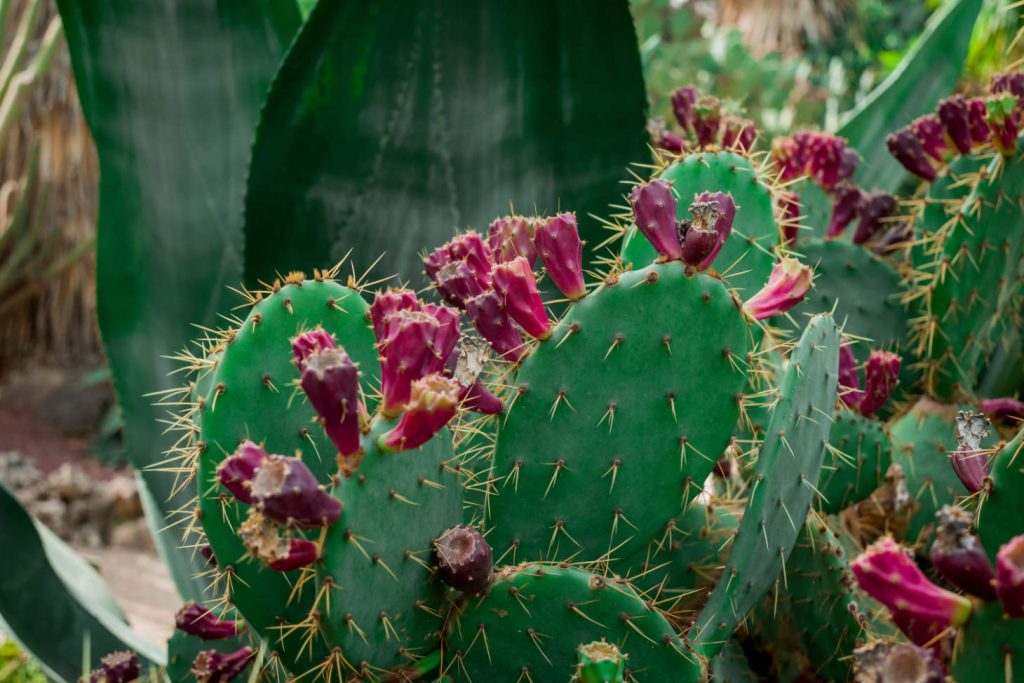
Most glochids come from cacti in the Opuntioideae subfamily, especially from the genus Opuntia, also known as prickly pear cactus. These cacti are known for their pad-like stems and edible fruits. Each areole (bumps on the surface of the cactus) can have clusters of glochids.
Another common group is cholla cacti. These have jointed stems and their glochids fall off at the slightest touch. Glochids in cholla add to their reputation for being painful to handle.
Here is a quick list of cacti with glochids:
- Opuntia (prickly pear cactus)
- Cholla (Cylindropuntia)
- Other members of the Cactaceae family in the Opuntioideae subfamily
Not all cacti have glochids. Glochids are specific to certain groups and are one way to cactus plants apart.
Risks and Effects of Glochid Exposure
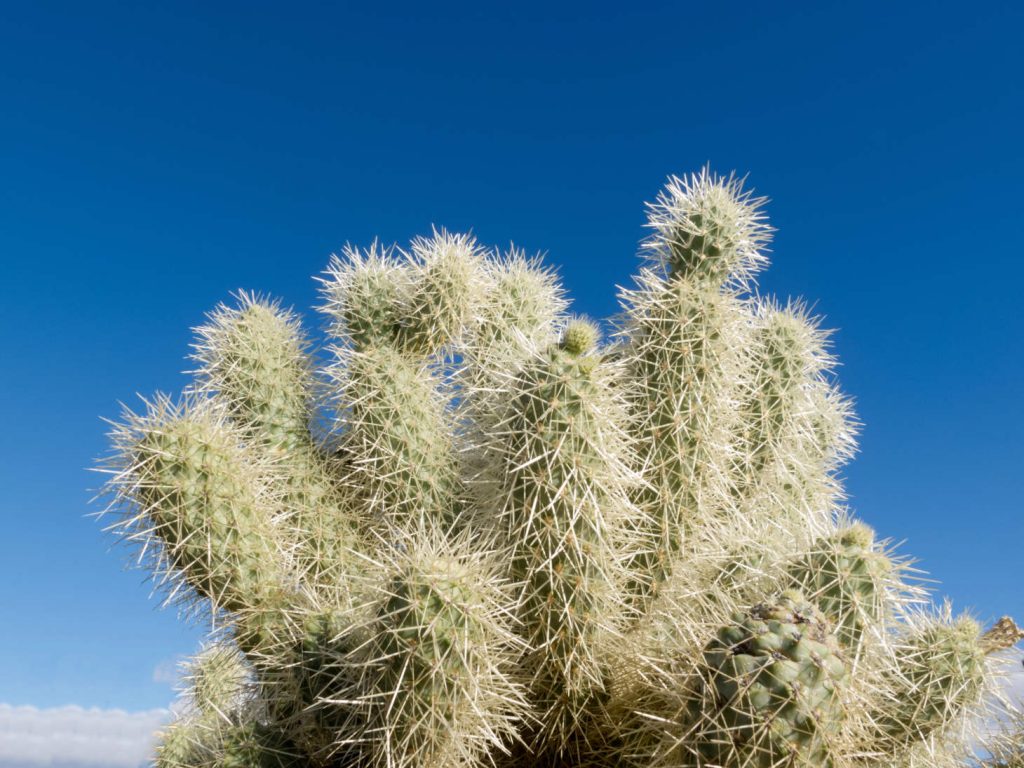
Cactus glochids are tiny bristles that can easily detach from the plant and penetrate your skin. These fine, barbed hairs may seem harmless at first, but they can lead to noticeable skin problems if not addressed quickly and properly.
Skin Reaction and Contact Dermatitis
Contact with cactus glochids often leads to mild or severe skin irritation. When these bristles stick into your skin, you might feel stinging, itching, or burning within minutes.
Common symptoms include:
- Redness
- Small bumps
- Swelling
- Itchy or painful rashes
Glochidia are especially likely to break off and remain in your skin. If not removed, they can cause contact dermatitis, a type of skin inflammation triggered by direct contact with the plant. In some cases, the skin may develop papules or nodules that last for several days or even longer. Infection is possible if the area is scratched or the spines are not removed.
Even after the visible bristles are gone, tiny pieces may stay behind. This can cause discomfort to continue and may lead to chronic skin problems like thickening or repeated redness.
Glochids as Irritant Dermatitis Agents

Glochids act as a physical irritant. When they pierce your skin, they set off an inflammatory response. Your body treats the bristles as foreign material, leading to irritation and sometimes a low-level allergic response.
Irritant dermatitis caused by glochids can lead to:
- Burning or sharp pain at the contact site
- Persistent itching
- Inflammation
Some species of cactus may also have irritating plant sap. When the sap combines with the mechanical injury from the bristles, the symptoms can become more severe, sometimes leading to blisters or infections.
Even small amounts of embedded glochids are difficult to see and harder to remove. Because of their barbed structure, they can stay trapped just below the skin, causing symptoms to linger until every piece is taken out. If ignored, complications like cellulitis (a deeper skin infection) can develop, although this is rare with proper care.
How to Remove Cactus Glochids Safely
Cactus glochids are tiny, hair-like spines that can be difficult to remove from your skin. Proper removal can help prevent irritation, pain, and infection.
Tweezers and Household Methods
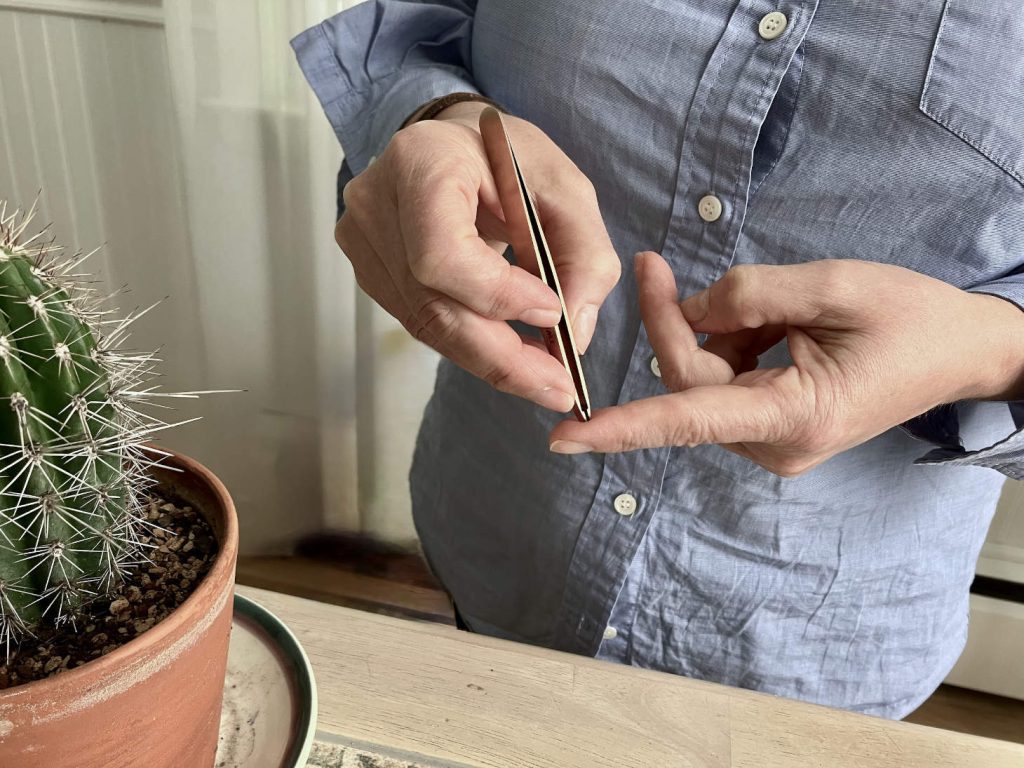
Start by washing your hands and the area with soap and warm water. Use a magnifying glass to look closely at where the glochids are lodged.
Use a pair of fine-tipped tweezers to gently pull out visible glochids. Disinfect the tweezers with rubbing alcohol first. Try to work slowly and remove one glochid at a time to avoid breaking them further.
After removing the bigger clumps with tweezers, you can use adhesive tape like duct tape. Press a strip gently onto the skin, then pull it off quickly. Repeat as needed if some glochids remain.

If skin becomes red, swollen, or irritated, wash again and consider applying a mild antiseptic. Avoid rubbing or scratching the spot.
Household Glue and Alternative Solutions
Some people find household glue or rubber cement useful for stubborn or invisible glochids. Spread a thin layer of glue over the area and let it dry completely.
Once dry, peel the glue off gently. Many of the remaining glochids will stick to the glue and come out with it. This method is often effective when tape or tweezers miss very fine spines from cacti.
You can repeat this step as needed, but be gentle to avoid additional skin irritation. Do not use glue on broken or sensitive skin.
If you experience ongoing pain or signs of infection, such as pus or severe redness, contact a healthcare professional for further care.
Preventing Glochid Injuries in Your Garden
Cactus glochids are tiny, hard-to-see spines that can cause skin irritation and be difficult to remove. To reduce the risk of injury, it’s important to focus on how you handle your plants, where you grow them, and how you care for them.
Safe Handling Practices
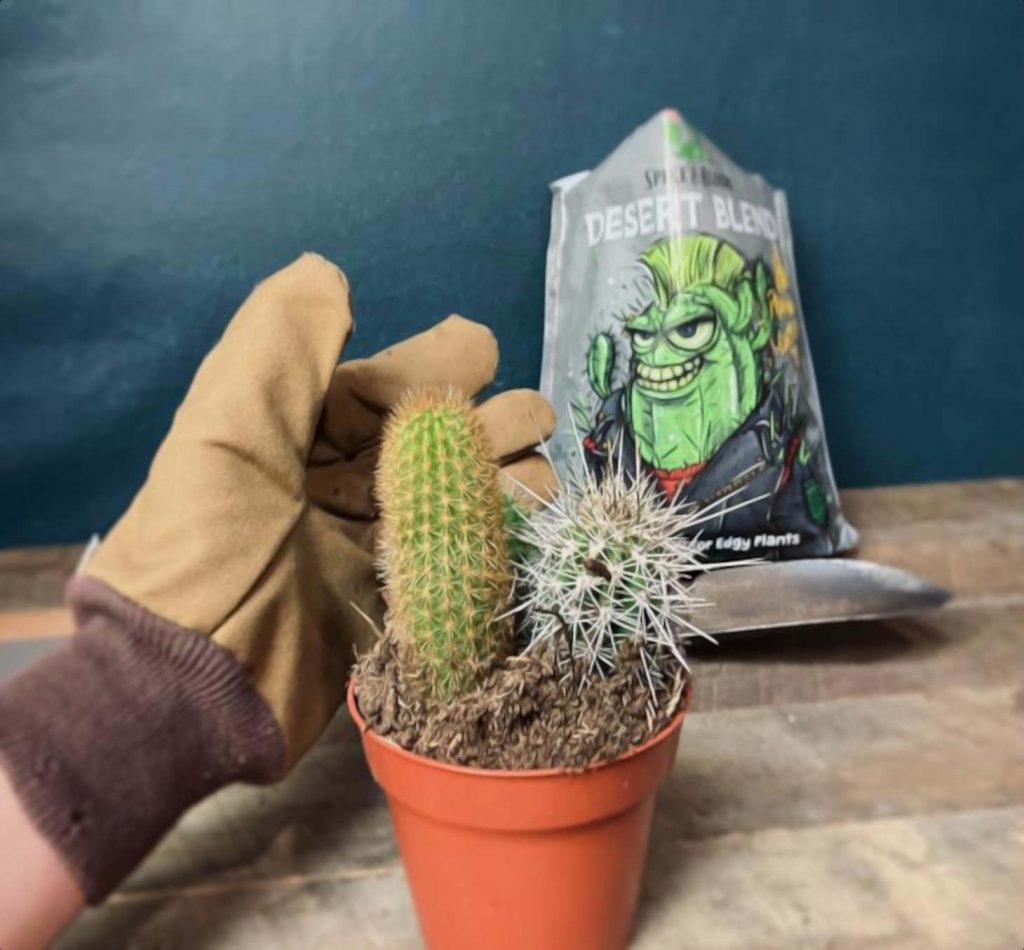
When working with cacti like Opuntia (prickly pear) or cholla, always wear thick gloves, such as leather gardening gloves. Cotton or thin gloves do not protect well against glochids, as the spines can poke through the fabric.
Use tongs or long-handled tools to move or repot your plants. Do not touch the pads or stems with bare hands, even when the cactus appears smooth.
After handling, check your gloves and tools for stuck glochids. Wash your hands thoroughly and avoid rubbing your eyes or face until you are certain no glochids are present.
If children or pets have access to your garden, supervise them around cactus plants to prevent accidental contact.
Garden and Landscape Placement
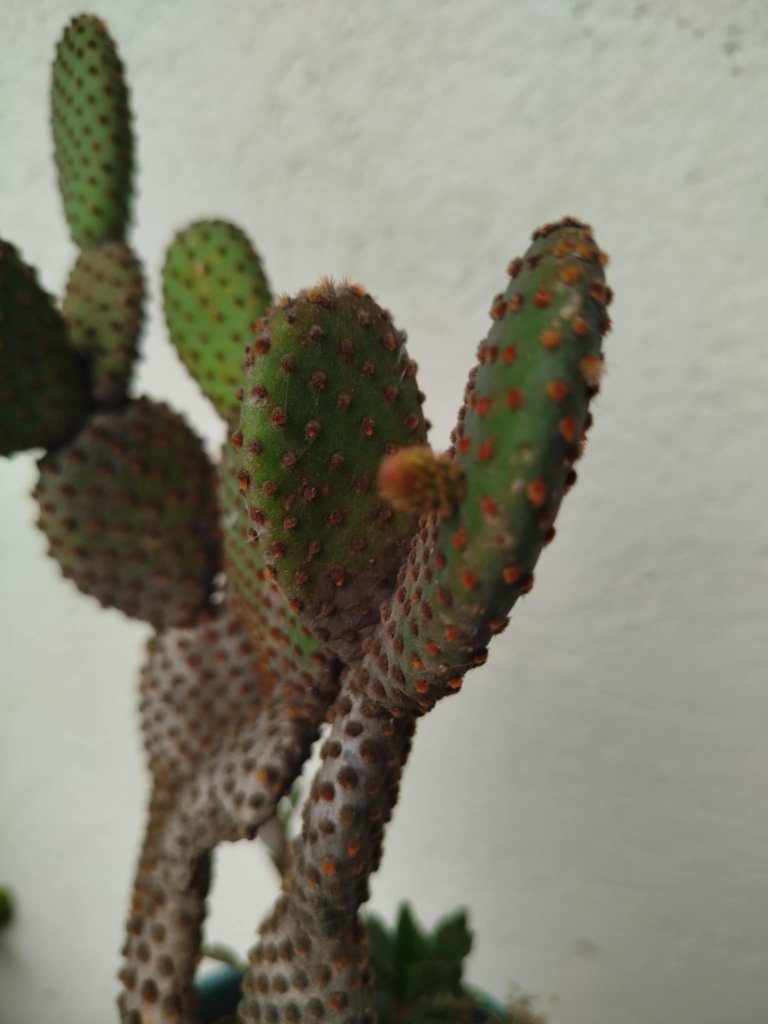
Strategic placement of Opuntia, cholla, and similar cacti can lower the risk of injury. Plant these species away from high-traffic pathways, play areas, or spots where people often work or gather.
Consider placing vulnerable cacti behind small fences or low barriers as an extra precaution. You can also use labeled markers or signs as reminders that some plants have irritating spines.
For landscapes with limited space, choose safer plant varieties or use pots to control where cacti are located. Installing beds against fences or walls can shield sharp cacti from direct contact.
Think ahead before planting. Make sure there is enough room to walk and work without brushing against glochid-producing plants.

